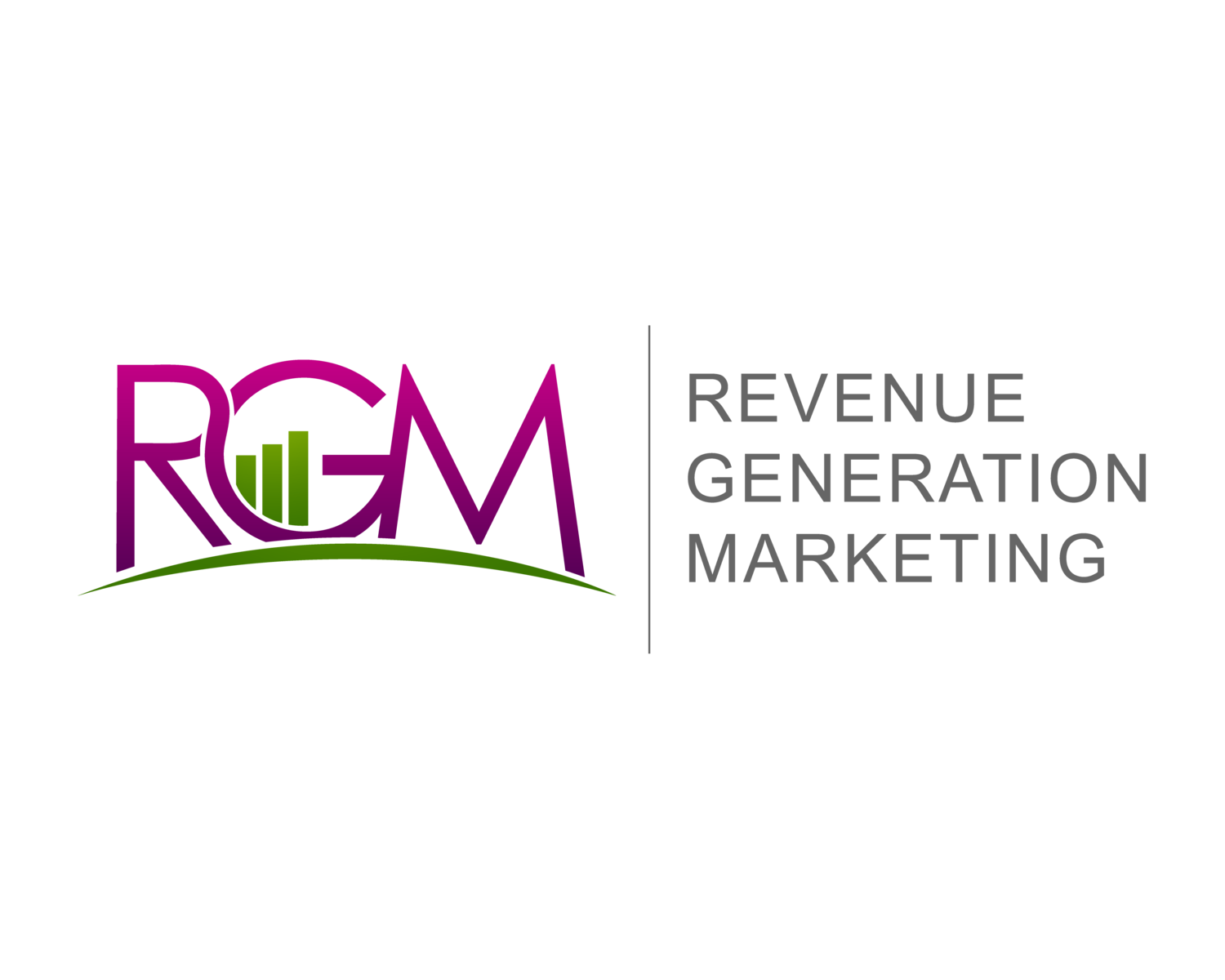In the recent years, sales enablement has become a "thing." So much so, that now there's an annual conference, there are local associations with smaller teaching events. The thing I find lovely about this group of professionals is that they're all trying to make it work while learning from others. Sales enablement is a tricky skill and role. Because the audience is primarily the sales team, secondarily the target market and thirdly the org as a whole, and yet often, the role sits in marketing. Below you'll find my thoughts on sales enablement roles and where they should fit.
Sales Enablement in Sales
I think this structure makes the most sense when your sales team is larger than 50 people and the sales enablement team or person is responsible for content, training, and operations. That way your enablement team is able to have a shared departmental vision with the team they service most often. It does require a content person who is able to get content approval and buy in from marketing and other subject matter experts. And a training person might have to be closely aligned with HR who is traditionally responsible for training.
Sales Enablement in Product Marketing
According to the folks at Pragmatic Marketing, sales enablement should be the job of the product marketing team. I believe this can be a good fit, if you have a robust sales operations and HR teams and or, you are just getting started with sales enablement. No matter what the first need that comes when you hire someone to fulfill the sales enablement need is around content, so who better than a product marketer to combine their knowledge of market, positioning, and product to build out content that sales can use to close more deals faster. The problem comes when it's clear that operationally there are additional process changes that need to happen, or there is a lot of training that needs to be done.
Sales Enablement in Demand Generation
I believe that there's a time in which sales enablement belongs in demand generation. At the very beginning when there aren't enough hands and when enablement enters maintenance mode. In many small B2B organizations the first marketer hired is a demand generation marketer. The person who understands the market develops and executes campaigns and that person often ends up supporting sales teams throughout that process, sharing their knowledge gained along the way. So, almost every bit of content created for a demand generation campaign can also be used as sales enablement content. At that point, there is no measurement of the effectiveness of the content, there are no process changes needed, there just needs to be more content, and the demand generation team is churning content. After sales enablement is up and running and processes are working and content has been measured, the demand gen team is a great resource to take back the content creation part of sales enablement. At that point, the organization has already invested in sales training and sales operations that help with training and processes around sales enablement. This new state of the union allows the sales enablement role in marketing to just continue to generate content.
Sales Enablement in HR
This option makes the most sense when the main goal of your sales enablement program is training. I find this happens when you have a new sales team, but a strong HR team, often within product led organizations that are looking to grow. The great thing about enablement existing in HR is that there are plenty of HR tools that are available to help build training content and track training effectiveness. The problem is that eventually, the need for content will come back around, and often HR teams are not the ones well suited for creating compelling customer facing content. And, when that need transfers from heavy training to more content, some other team must rise to the occasion.
What's best for your business
In general, it's standard marketing procedure to expect sales enablement to come out of product marketing. But, each organization is different. So, ask yourself these six questions to determine where Sales Enablement fits in your org:
Is more than 80% of your sales team "new" (less than the length of a sales cycle)?
Do you have a product marketing organization?
If yes, then most likely this fits well into that area of responsibility.
If not, then consider demand generation or sales.
Is your demand generation team meeting their MQL goals?
If yes, then consider putting sales enablement content requirements on the Demand Generation team.
If no, then put the responsibility into another department. The next logical places are product marketing and sales.
Does your sales team often have content needs that require a quick turn around (sub 48 hours)?
Are there standardized templates available within your company that ensures a consistent message and branded content if used by teams outside of marketing?
If so, then you can consider putting your sales enablement content arm in the sales team or in the HR teams. You might still lack the positioning/product knowledge, but if other answers above point away from marketing, there is a reason to consider putting it elsewhere.
Does your sales team need training, content and process adjustments equally?
If so, then consider a cross functional team that reports into sales that has direct reports that sit in other departments either for full time or part time work. This is really the best of all worlds because your teams skill set could be used in other departments, but the primary benefit would be to your sales teams.
Where does Sales Enablement sit in your org? Is that working?


